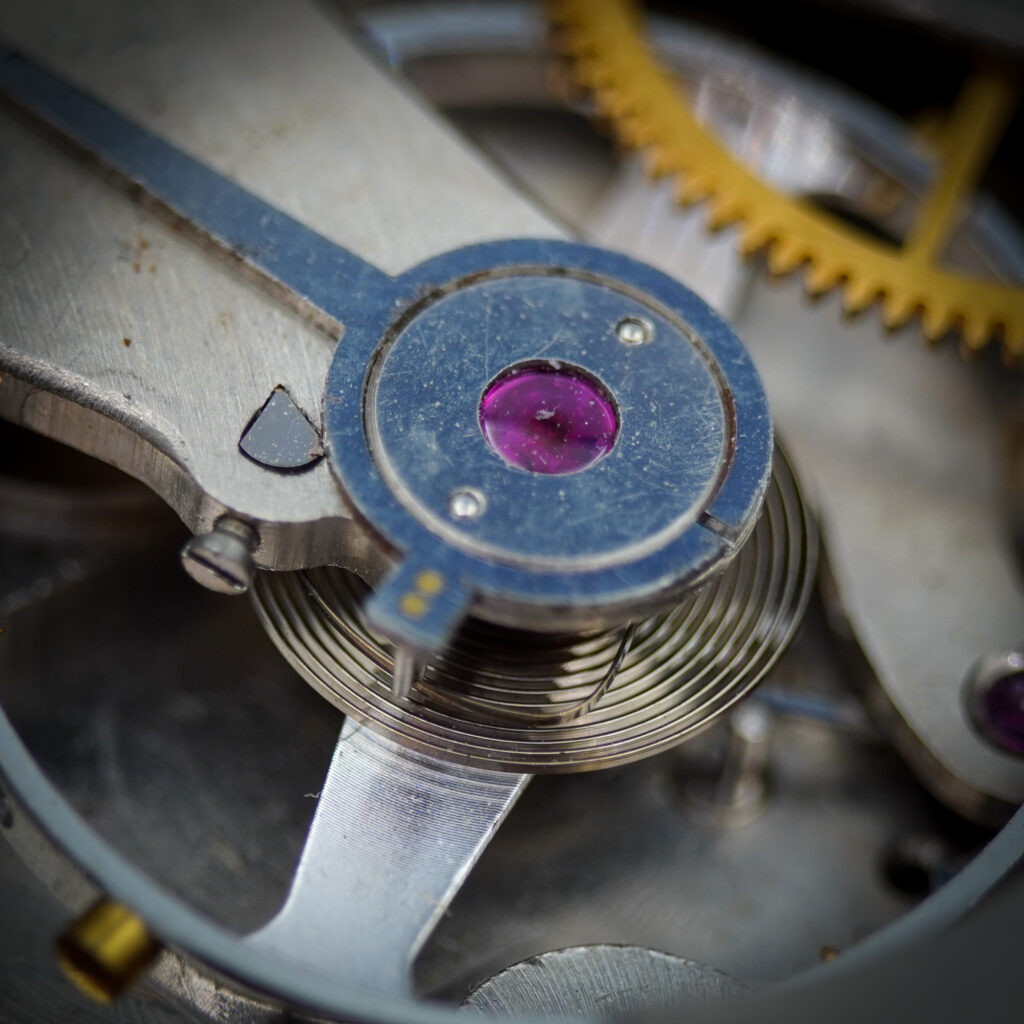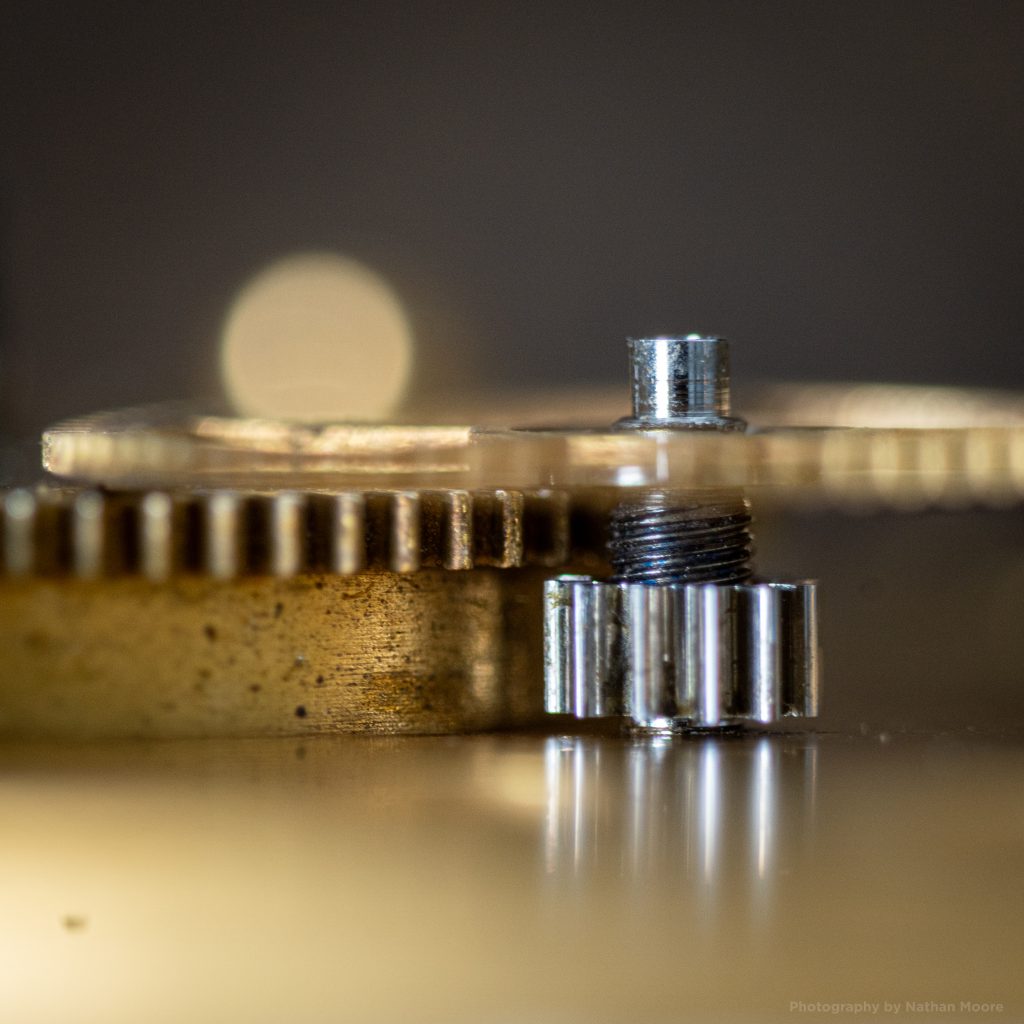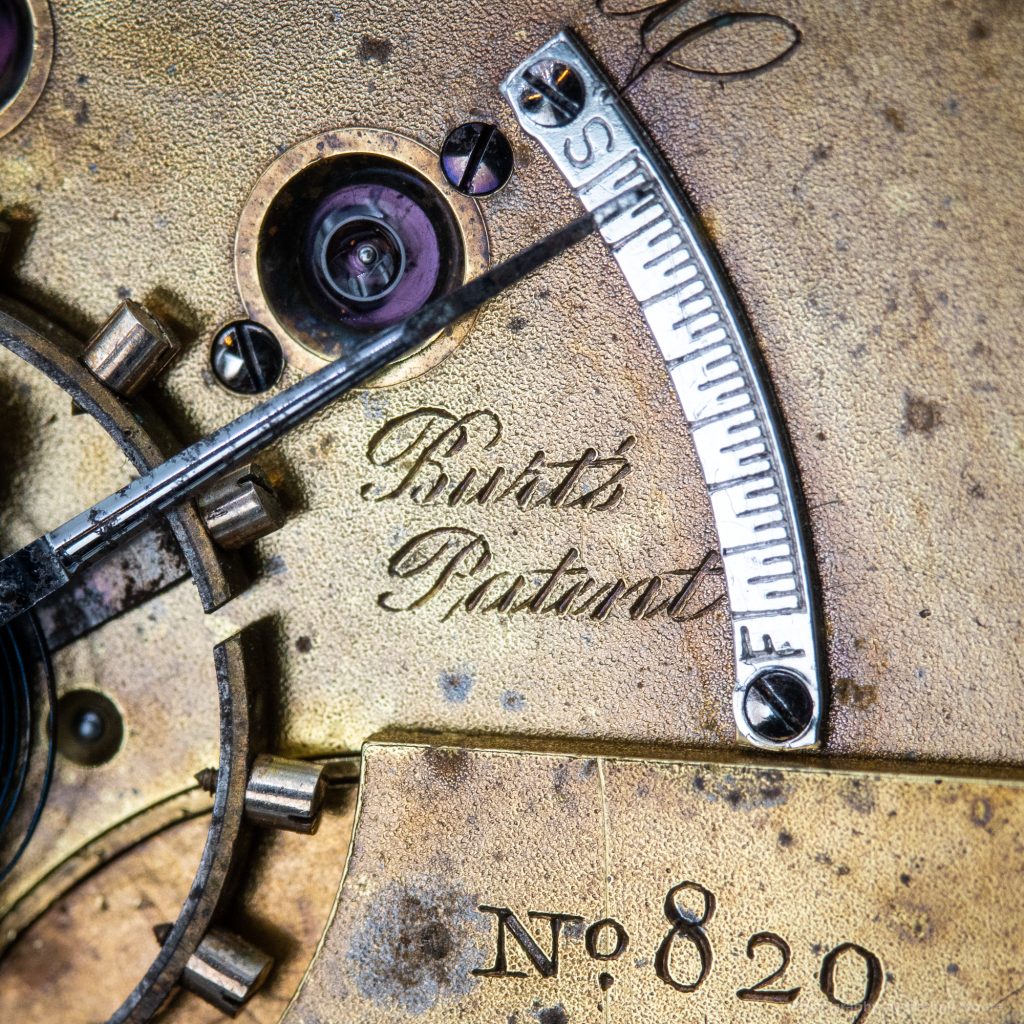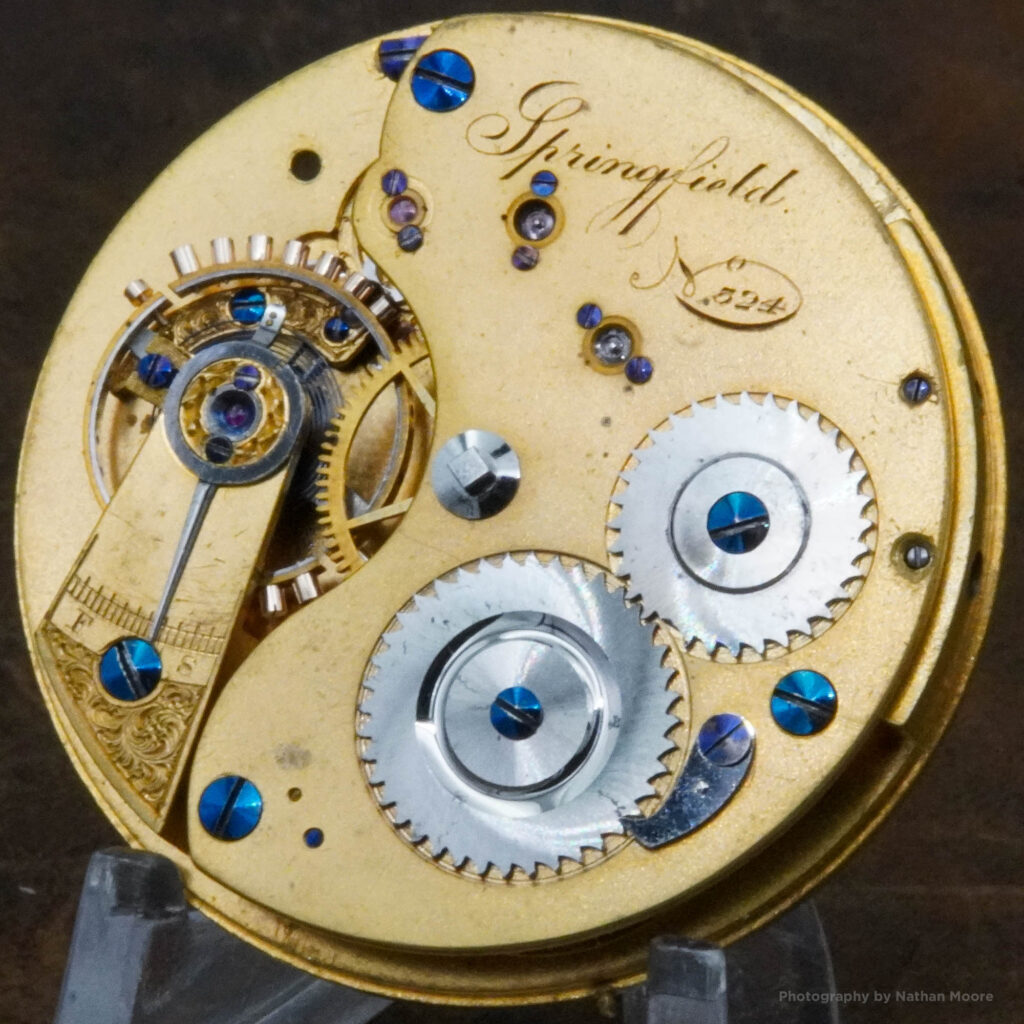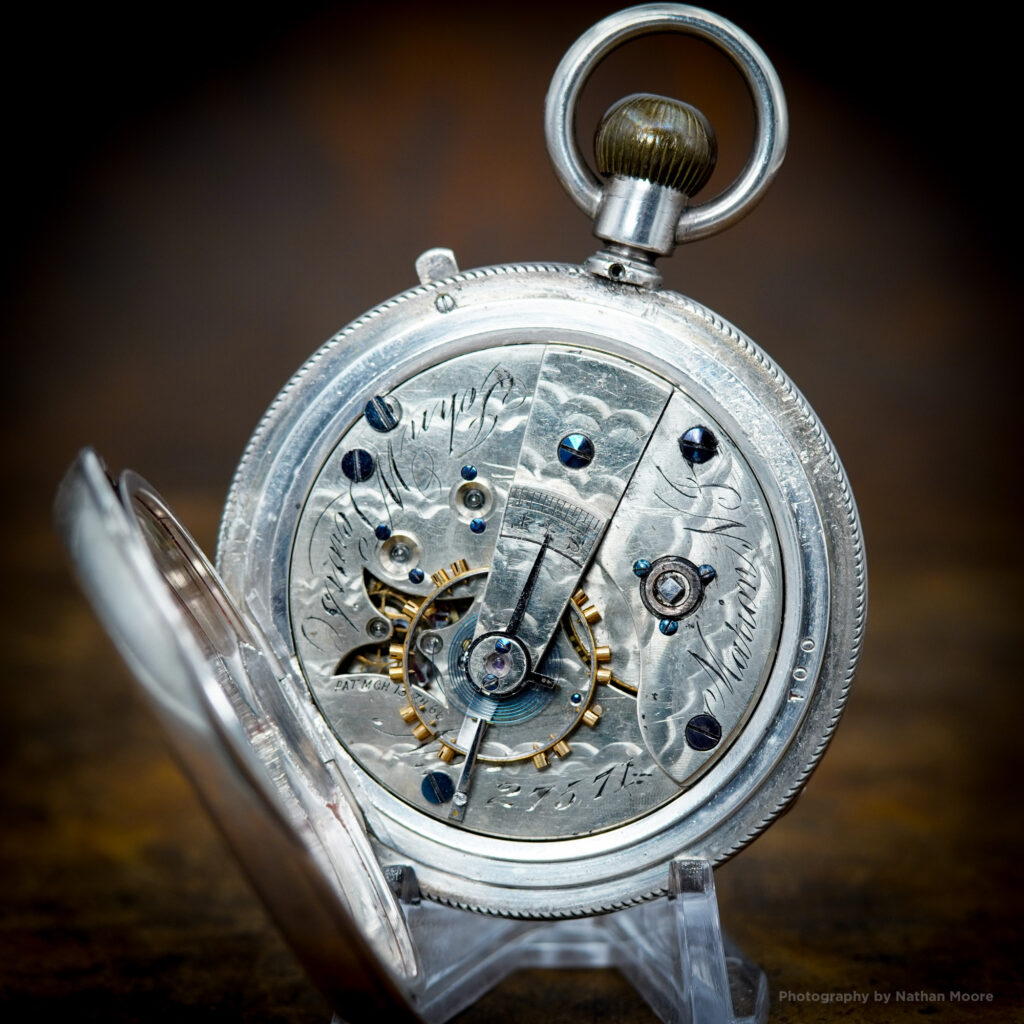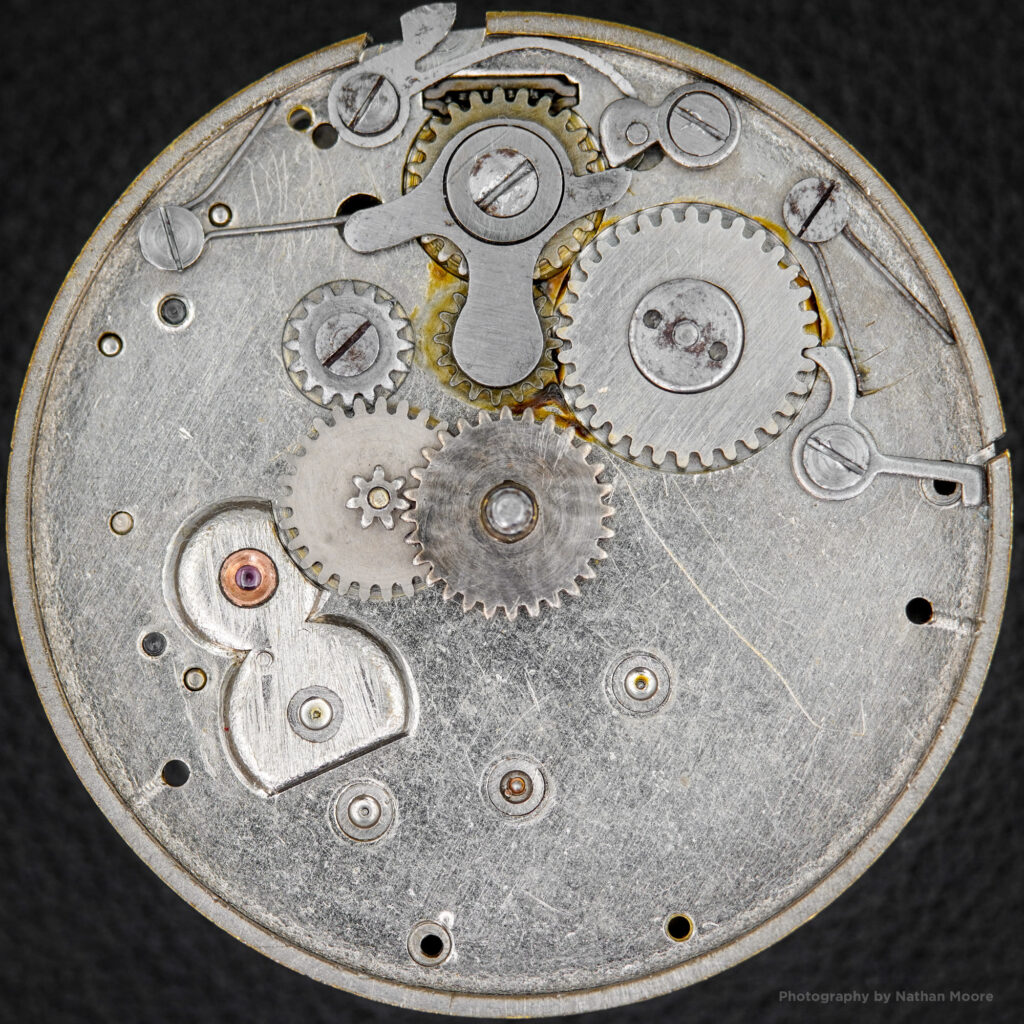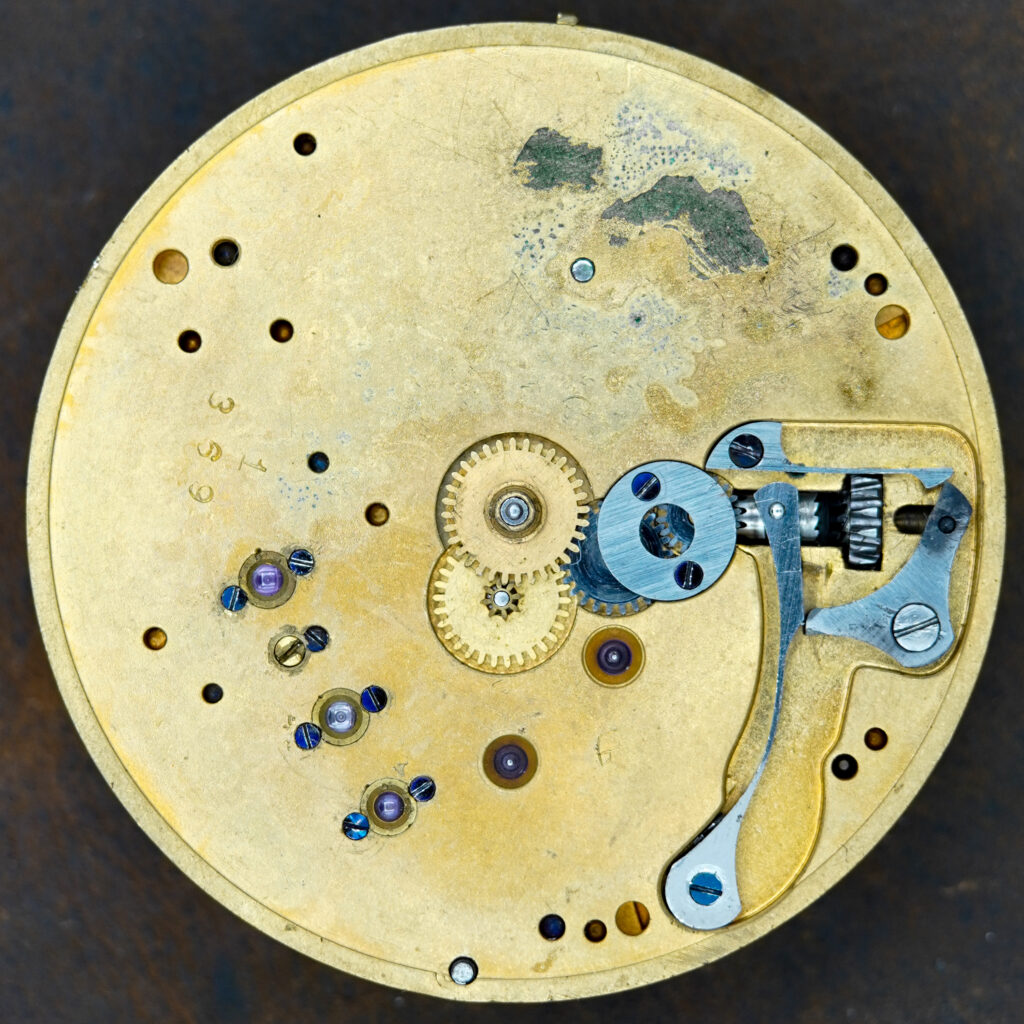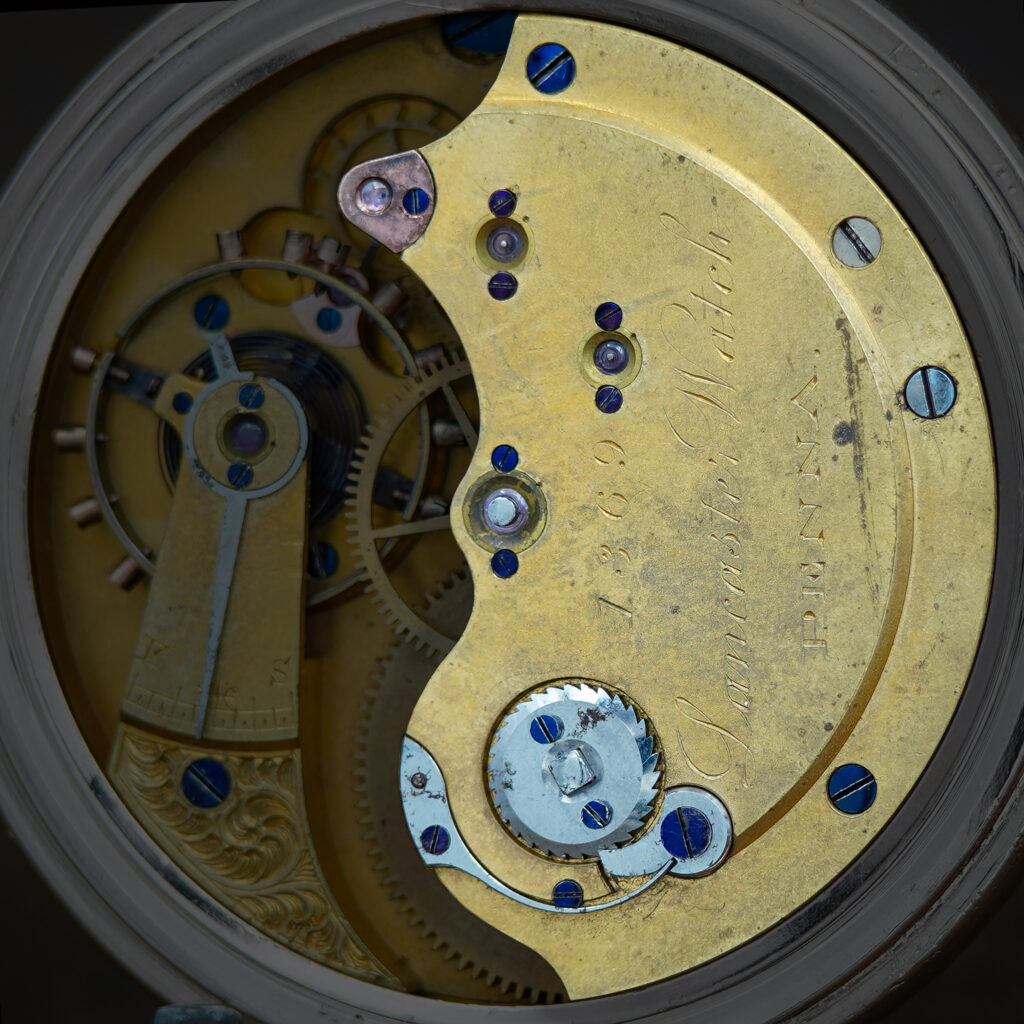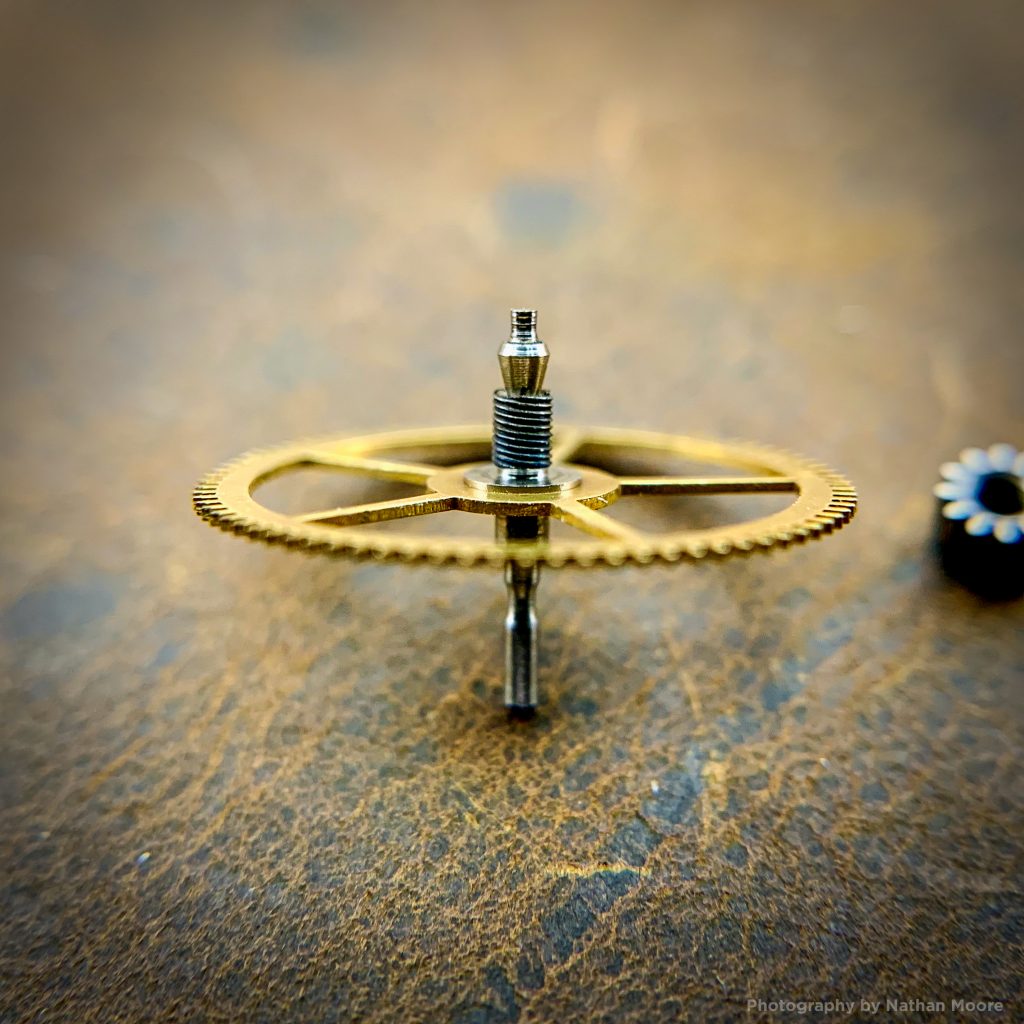
Patents

While Charles W. Fogg is generally credited with creating the first safety pinion in America, Merritt Burt actually secured a patent for his safety pinion design a few months before.
National Watch Company (Elgin) B.W. Raymond #829 Marked "Burt's Patent" "Mainspring Events" The large mainspring that serves as the power source for a mechanical watch movement can also become a.
John W. Lewis Marion Watch, c.1870 - Button-Set Movement This watch, manufactured by the United States Watch Company around 1870, features a patented button-set mechanism requiring a special case with.
18-Size Manistee Watch Company Setting Mechanism by Joseph M. Bachner A patent for a "stem winding and setting watch" was issued to Joseph M. Bachner on October 13, 1903. An.
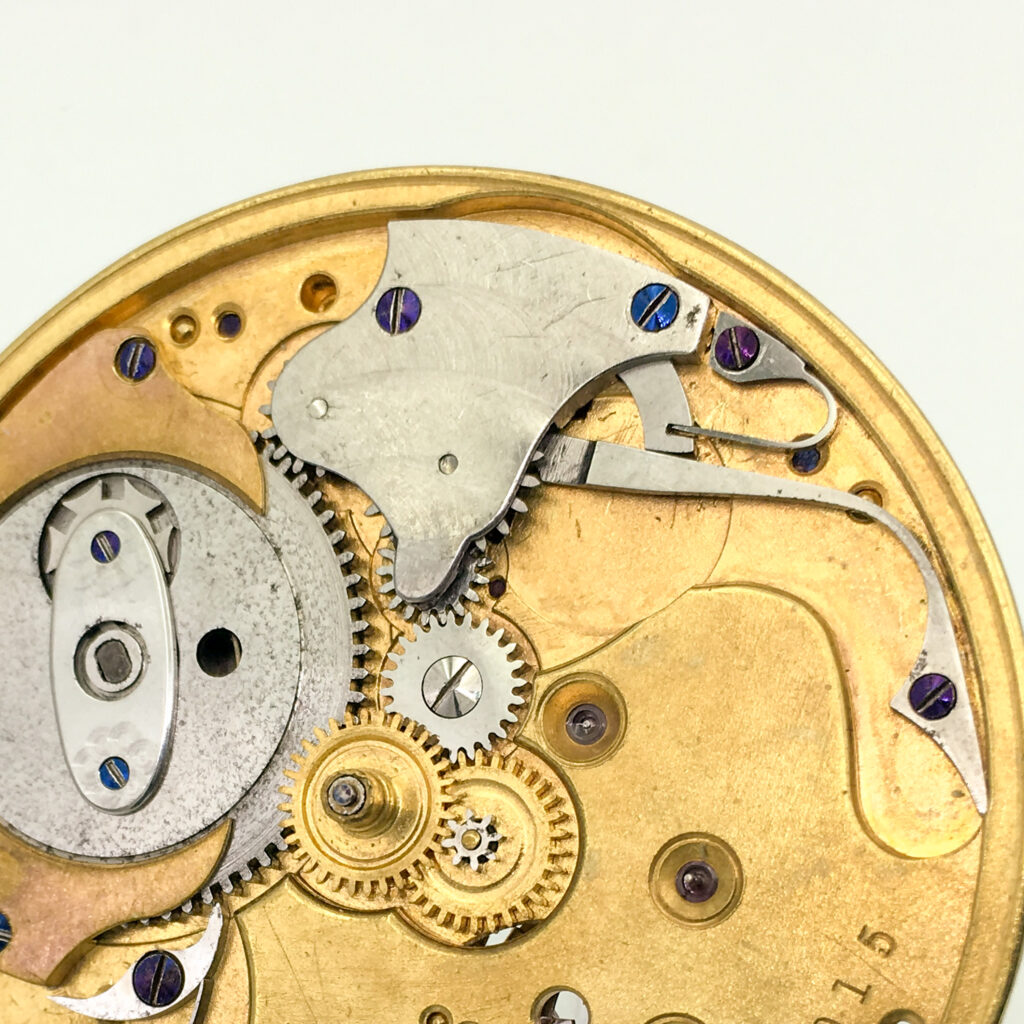
In addition to his elegant watch plate design, Edwin H. Perry received a patent for his stem-winding and setting mechanism on May 30, 1871. This mechanism was implemented when the.
Adams & Perry Movement with Perry's Patent Plate Design Highlighted The premier watch movement introduced in 1874 by the Adams & Perry Watch Company features an elegant swooping plate profile.
